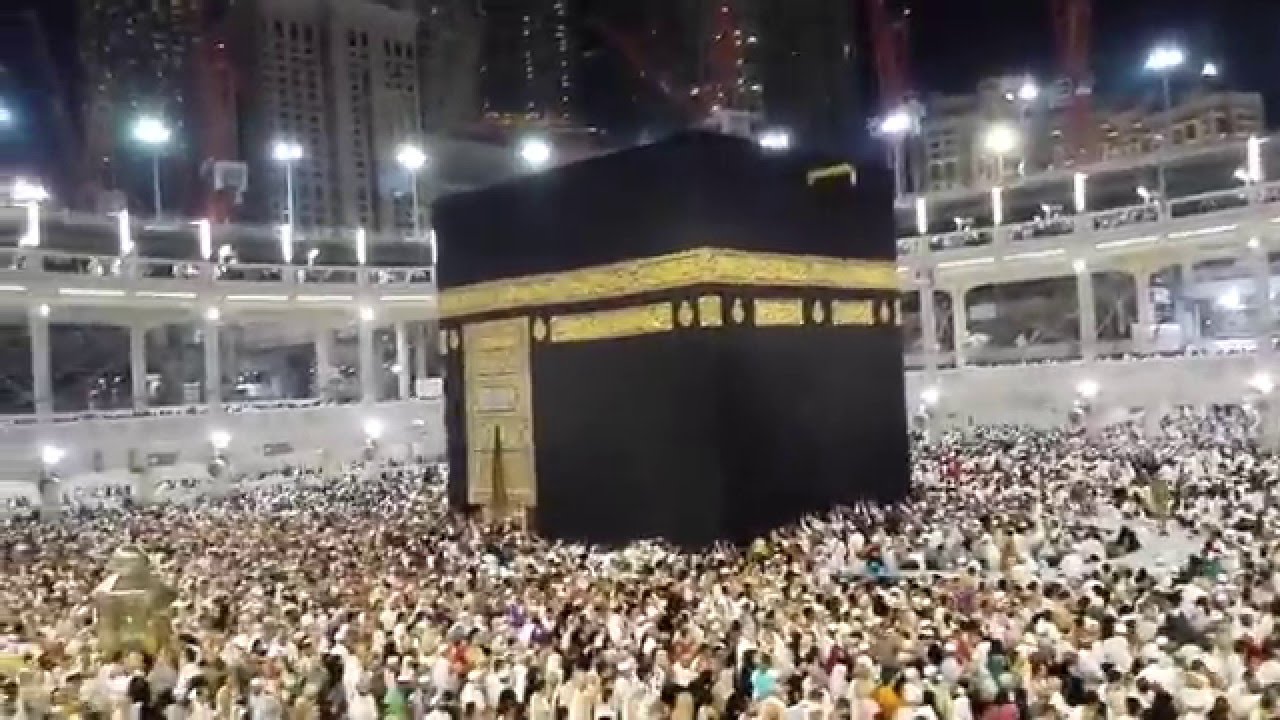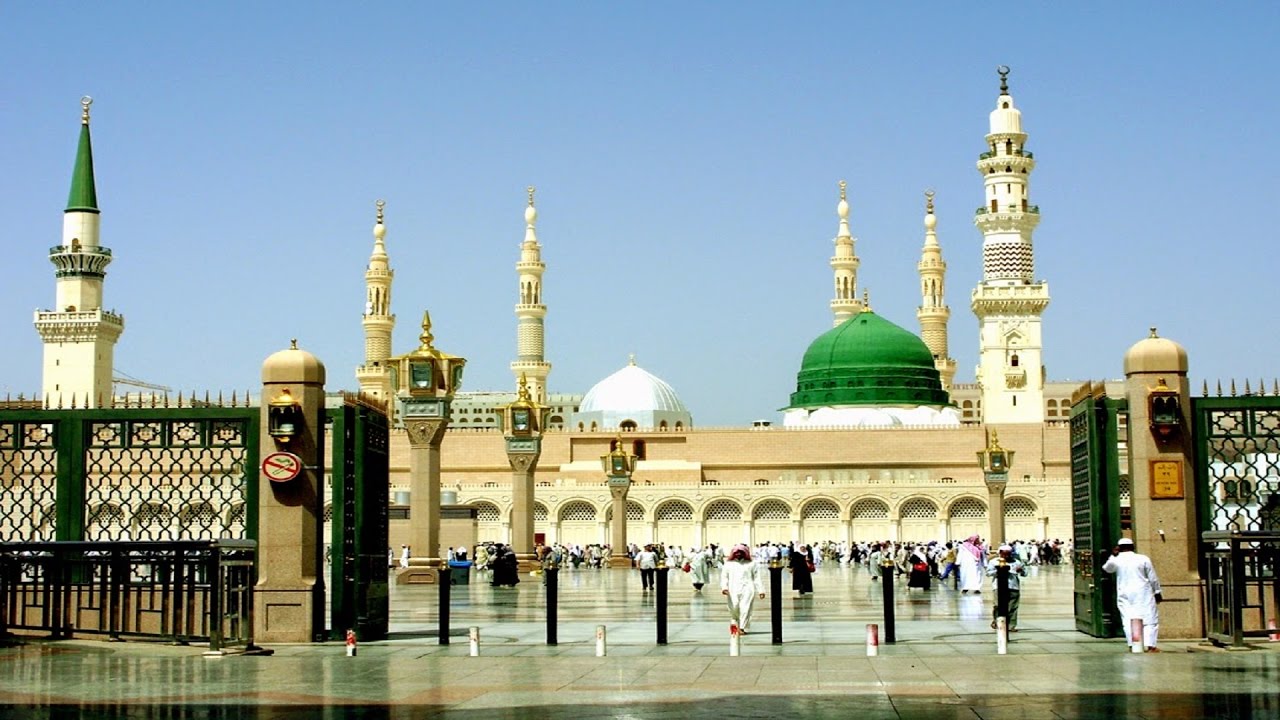Dars e Imam-Istawa
“Bismillahir Rahmannir Raheem””Al-Hamdu Lillaahi Rabbil ‘Aalameen was Salaatu was- Salaamu ‘Alaa Sayidinaa Muhammadin wa Aalihi wa Asabihi Ajma ‘een (tauheed- risalat- ahkirat and islam-iman-ihsan)
Imam Ahmad ibn Muhammad At-Tahaawee (843 – 935) was a famous Islamic Scholar who followed Hanafi school of thought. He is famous for Aqeedah At-Tahawiyyah, a treatise on Aqidah that has been accepted by all four schools of thought (Hanafi, Shafi’i, Maliki and Hanbali).Both Imam al-Maturidi and At-Tahaawee said Iman (faith) consists of “conviction in the heart and affirmation by the tongue. Imam Al-Maturidi declared (on the authority of Imam Abu Hanifa) that the foundation of belief consisted only in conviction in the heart, the tongue’s affirmation is a supplementary integral /pillar (rukn zâ’id). The other three Imams, Maalik, al-Shafi’i and Ahmad Ibn Hanbal said that Islamic belief consists of ‘conviction in heart, affirmation by the tongue, and practice with the limbs.We believe that all Imams are correct. We can understand their rulings as follows. When we take Iman as conviction in heart, then Imam Abu Hanifah’s statement and the statement of Imam At-Tahaawee is correct.When we consider the best deeds of a human being, then the first thing that comes to our mind is ‘Iman” (faith), which is followed by other deeds. In this case, Iman becomes part of all good deeds or all good deeds become part of Iman.
Imam Fakhrudeen Raazi (radi Allahutala anhu) in his “Tafseer Kabeer”: “In the same manner, if the slave continuously adopts good deeds, then he indeed reaches that stage of which the Almighty Allah states that He becomes the slaves eye and ear. When the Magnificent Noor (Light) of Allah becomes the eye of the slave, then the slave perceives things near and distant. When this Light becomes the hand of the slave, then he, the slave, is then able to dispense with things easy and difficult, near and far.”
Imam An-Nasafi (701 or 710 AH) states in his Tafsir “Verily He, the exalted, was without place,
and He is as He was before creating (the entity of) ‘place’, not changing as He
was [Tafsīr An-Nisfi Surah Taha Volume 2]
The Shaykh Abul abbas shihad ud din Ahmad ibn Muhammad Al-Qastalānī Al-Masrī
(d. 933 AH) said in his Sharh (gloss) of Sahīh Al-Bukhārī “Allah ’s essence is free from space (makān)
and direction (jihah[Irshād As-Sārī 15/451]He also stated when
explaining the verse, “…Looking at
their Lord” [Qur’an 75:23]: ,“Without modality, without direction, without
establishing distance.” [Irshād As-Sārī 15/462]
The Maliki Qadhi Ibn Rushd the Elder (d. 520), said:Allah ta’alaa is not in a space, for He was before ’space’ was created.”
[Quoted by Ibn Al-Haaj in Al-Madkhal]
He also stated, “It is not to be asked
‘Where’, ‘How’, or ‘When’ for He created The time as well as space.”
[Ibid 3/181]
He also stated” And the ascription of
the ‘Arsh (throne) to Allah ta’alaa is with the meaning of honouring Him, just
as it is said ‘The House of Allah and Its Sanctity”. It is not because it is
His place or the abode for which he sits (istiqraar).” [Al-Madkhal
2:149, Also Ibn Hajr in his Fat-hul Baari]
beliefs of salafs and classical
scholars
Shaykh Muhammad Al-Khatib al bhagdadi stated (d 977 AH),It is established by the absolute proofs that
He, the exalted, is not localized in space (mutahayyiz) as that necessitates
tajsīm (anthropomorphism).He (rahimahullah) also said quoting the
exegete
Imam Qurtubi “And Allah ,
the exalted, ascribed to himself ‘Uluww (highness) and ‘Athmah (greatness), and
this is without spaces (Al-amākan), directions, and limits as these qualities
are attributes of ajsam (bodies or created things). That is also due to the
fact that He, the exalted, created space and He is not localized in space
(mutahayyiz), and He was in sempiternity before He created space and time,
while there was no space for Him nor time. He is now as He was (exalted be
He).” Al-Khatīb then says, “Meaning
existing without direction or place.”
Ibn Hajar Asqalani [rah] said ,And the ascription of the ‘Arsh (throne)
to Allah ta’alaa is with the meaning of honouring Him, just as it is said ‘The
House of Allah and Its Sanctity”. It is not because it is His place or the
abode for which he sits (istiqraar).” Al-Madkhal 2:149, Also Ibn Hajr in his
Fat-hul Baari]
from salaf us saliheen
Imam Malik [rah] believed Istiwa[ throne of Allah] cannot be conceived
or imagined or taken literally “We were with Màlik ibn Anas when a man came and
said: “O Abâ ‘Abd Allah, al-Raämàn made istiwà on the throne. How did he make
istiwà?” Màlik bowed his head [in thought] and sweat appeared on him, then he
said: “Istiwà is not unknown [that is, it
is known to be a fact whatever it means because it was mentioned in the
Qur’an], but howis not something we can conceive [since He is other than
whatever we imagine Him to be ]. Moreover, it is obligatory for us to believe in it [whatever it might mean]
and asking about its meaning is a deviant innovation (bid‘ah), and I think that
you are a deviant innova-tor.” Then he ordered him to be put out.[al-Baihaqá
reported another account of this incident with a full chain of narration by way
of Yàäyà ibn Yaäyà ibn Bakár al-Nisàbârá (142-227 = 759-840)]
Imam Malik [rah] believed Istiwa[
throne of Allah] cannot be conceived or imagined or taken literally-After
reporting the above, al-Baihaqá
added that a similar answer was reported from the distinguished
teacher of Màlik, al-Rabá‘ah ibn Abá ‘Abd al-Raämàn (d. 136 h. / 753),
Al-Baihaqá reported with a chain of narration reported Al-Rabá‘ah was asked
about His word, blessed and exalted is He, “The Merciful made istiwà,” how did he make istiwà? He said, “How He did
is unknown, and the istiwà is in-conceivable, while belief in it is mandatory
for me and you.so even Imam Malik [rah] believed in Istiwa [rah] but never took
it literally as you do or thought it can be conceived or imagined
Imam Qurtubi (rah) on Allegorical verses – Called people like –s idol worshippers for anthropomorphism -The simple and explicit answer regarding not to delve into Mutashabihaat is given in Quran itself, I have already used that ayah as a proof but some people still delve into it so I considered it necessary to given classical commentary on the ayah from leading Mufasir of Quran i.e. Imam Qurtubi (Rahimuhullah)! He is
amongst the top most Mufasireen and scholars,
Muslims uphold the magnificence and usefulness of his marvelous Tafsir work
called “Jami ul Ahkaam ul Quran”
In it he explains the beautiful ayah of Quran which talks about It having both
Plain and allegorical verses.Quran states: He it is Who has sent down to thee the Book: In
it are verses basic or fundamental (of established meaning); they are the
foundation of the Book: others are allegorical. But those in whose hearts is
perversity follow the part thereof that is allegorical, seeking discord, and
searching for its hidden meanings, but no one knows its hidden meanings except Allah.
And those who are firmly grounded in knowledge say: “We believe in the
Book; the whole of it is from our Lord:” and none will grasp the Message
except men of understanding.(3:7)
Tajalli =removal of veil of husn/beauty.
Fana/uncounsiciousness =loss of senses and opening of heart.
When I want to talk to allah I say prayers and when I want that he talk to me I recite quran- Hazrath Ali(ra)
Make sure you forward this to others .


